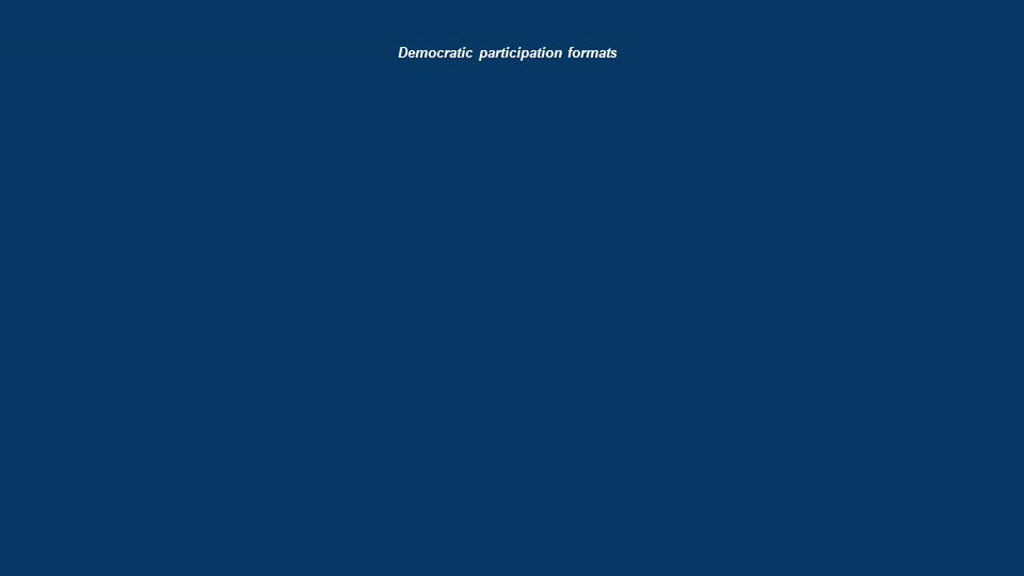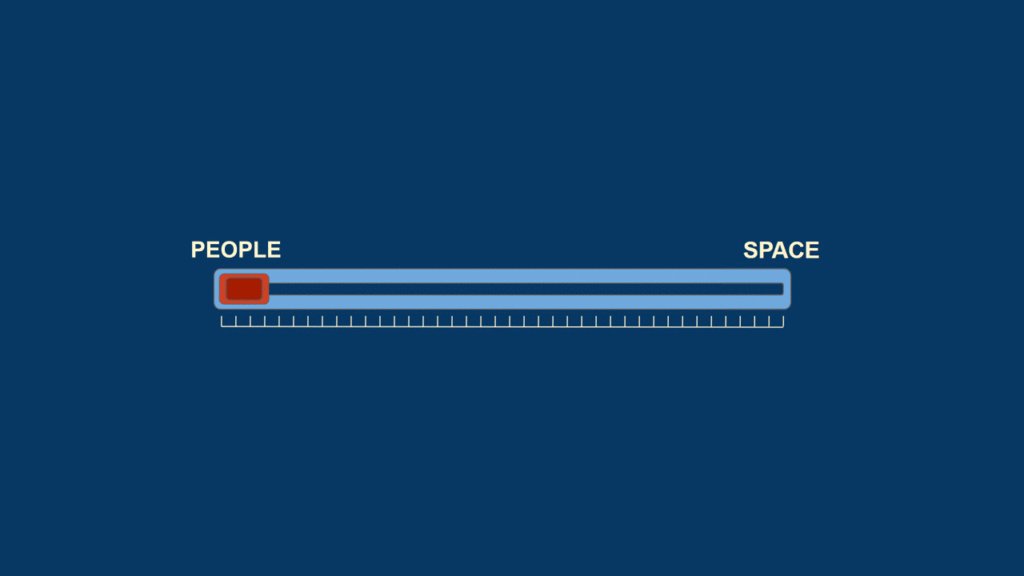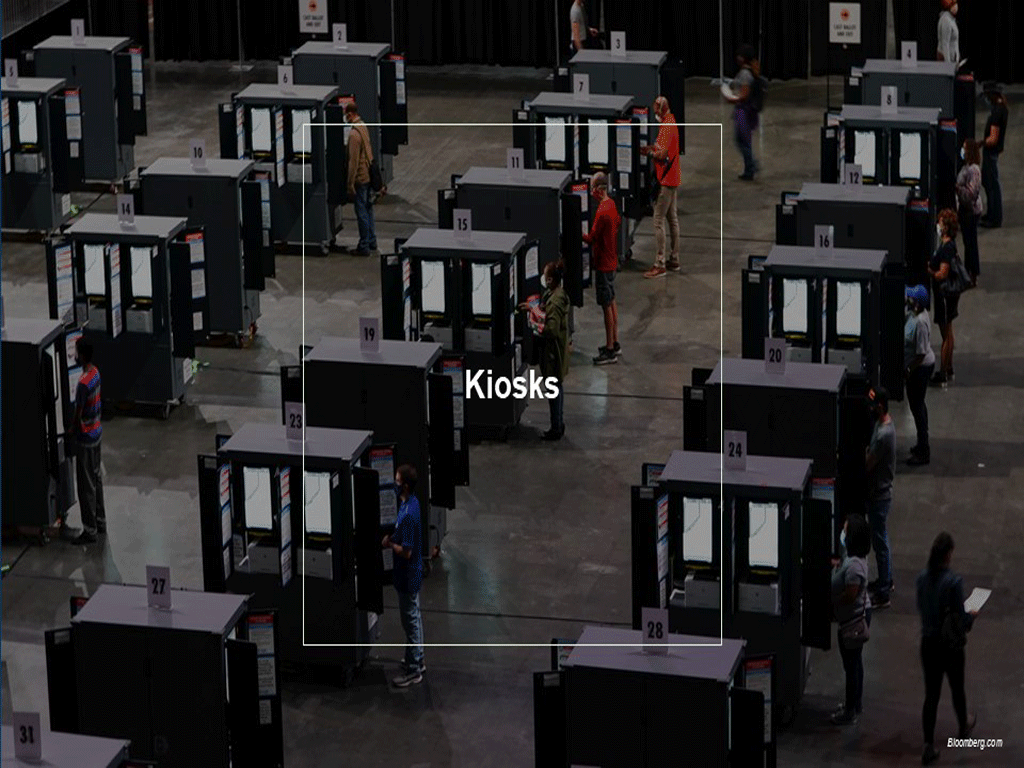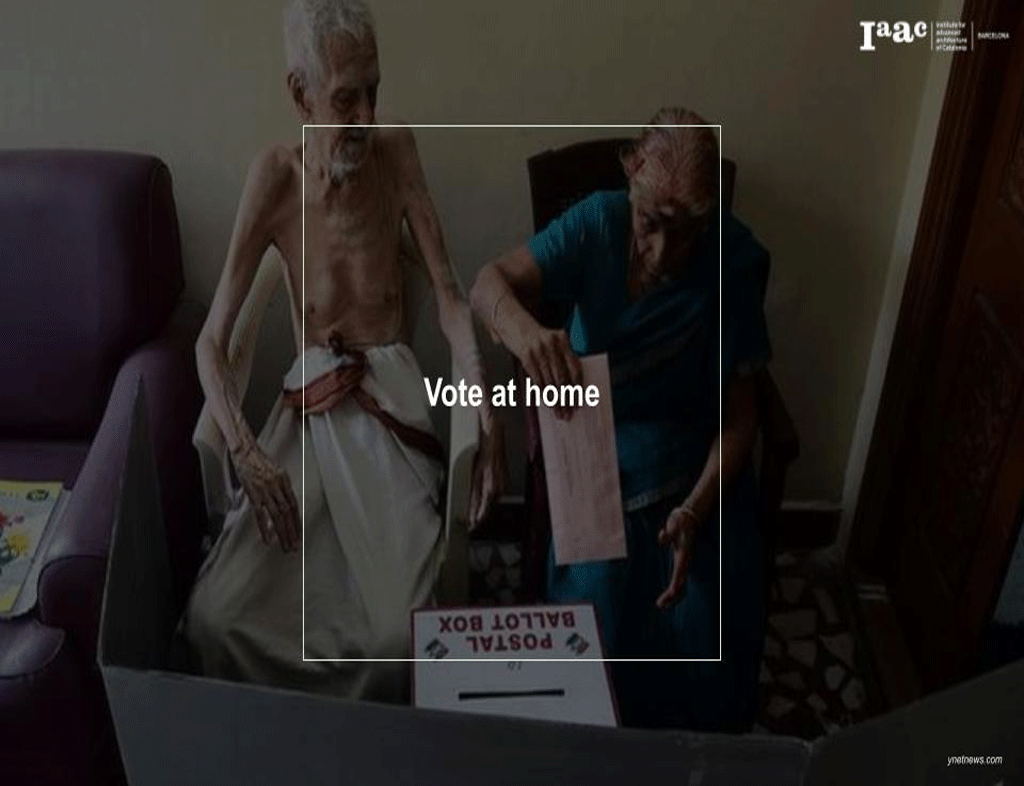Indubitably, most Western societies subscribe to the idea of democracy – an egalitarian model of government in which citizens are provided power to make decisions concerning representation, policy, and planning. Yet, the role of participation in these democracies, and therewith the degree to which they license equal power, varies widely. Political scientists, sociologists, anthropologists, and the like have reported on the existing and growing disengagement from politics in the West. Concurrently, ineligibility, disinformation, and physical inaccessibility have been identified as some of the significant barriers to participation in the political decision-making process. This project is concerned with the latter, and explores the role of space in the participatory democracy. By drawing upon a variety of democratic participatory formats that exhibit diverging levels of access, a set of people-space relationships are identified. These relationships present space – depending on its accessibility and inaccessibility – as either a barrier or incentive. As such, these relationships lend themselves to a novel framework for a more holistic understanding of how space hinders or encourages participation in democratic processes on a case by case basis.

Participatory democratic formats apply to different scales, appeal to different users, and exhibit different temporalities. Elections are perhaps the most well-known format by which modern representative democracy has operated. They are deployed to elect ruling political parties and representatives to fill high offices in national, regional, and municipal governments; they are generally accessible to citizens who hold a valid passport; and they usually take place every four years. Traditional ways of voting – in which voters are able to cast their vote at a voting station of their choice within the appropriate electoral district – has shed light on barriers that may exist regarding inaccessibility. Consequently, it has opened (and, following the COVID-19 pandemic, accelerated) the conversation for alternative ways of voting such as mail balloting. On the other hand, alternative democratic participatory formats – deployed in more frequent and continuous fashion on a more local, neighbourhood level – tend to have more contrasting implications on levels of participation. Policy councils, neighbourhood assemblies, and town hall meetings, are instances of such alternative participatory democratic formats, which have been speci?cally designed to increase and deepen citizen participation (Smith, 2009). As such, they are considered a democratic innovation because they are part of a shift from hierarchical, state-led government – via an o?cial regulatory framework – to decentralised, society-led governance by ordinary citizens, (Stankov, 2021). While local democratic participatory formats are deployed to include residents about important decisions regarding the amenities, services, and budget of the neighbourhood they themselves live in, they often do not receive the hoped for participation. In an attempt to overcome the barrier of inaccessibility and (subsequently) to incentivize participation, these formats have made efforts to adopt the digital realm and to transition to formats such as online surveys; participation forums, as well as blockchain forums. The rest of this blogpost is dedicated to covering the discussed (traditional and innovative) democratic participation formats and to systematically assess them based on levels and types of accessibility. The result of this assessment is the holistic framework to understand people-space relationship within the participation democracy presented below.

This framework assesses democratic participation formats based on their levels and types of accessibility. Supported by case-by-case examples, it classifies the formats into three different relationships between people and space; people to space; (ii) space to people; and (iii) the digital realm as a mediator between people and space.

People to space
This relationship is exhibited in the most traditional formats of the participatory democracy. In this relationship, people are required to move to places that lend themselves to participatory processes. Examples of this relationship range from people having to go to assigned stations to cast their votes during elections, to people having to go to town hall meetings to voice their opinions on neighbourhood development plans. While frequently being criticized for being time consuming, people to space relationships are generally cost-effective and relatively easy to roll out on large scales.


Space to people
In attempts to incentivize participation in democratic processes, people-space relationships have been rethought. By bringing the space to people, the barrier of inaccessibility is addressed and (largely) overcome. In this relationship democratic participation formats are brought to, or near, someone’s doorstep. Examples of this relationship range from door-to-door polling for elections, to co-creation sessions in neighbourhood access points. While frequently praised for being convenient (especially for the disabled and the elderly), logistically and financially, this relationship comes at an expense.


The digital realm as a mediator between people and space
In an attempt to further facilitate participation in democratic processes, (and recently, to properly respond to the COVID-19 pandemic), a third relationship between people and space has emerged. In this relationship people and space are negotiated through the digital realm. Examples of this relationship range from online municipal forums, to blockchain voting. While frequently praised for being convenient, this relationship has been criticized for being inaccessible to those who are not literate in, or have access to, digital platforms.


Place your voice is a project of IAAC, Institute for Advanced Architecture of Catalonia developed in the Master in City & Technology 2021/22 by Students: Aida Hassan, Kriti Nirmal Lucas Zarzoso Hueck and Faculty: Nicolay Boyadjiev
Sources: